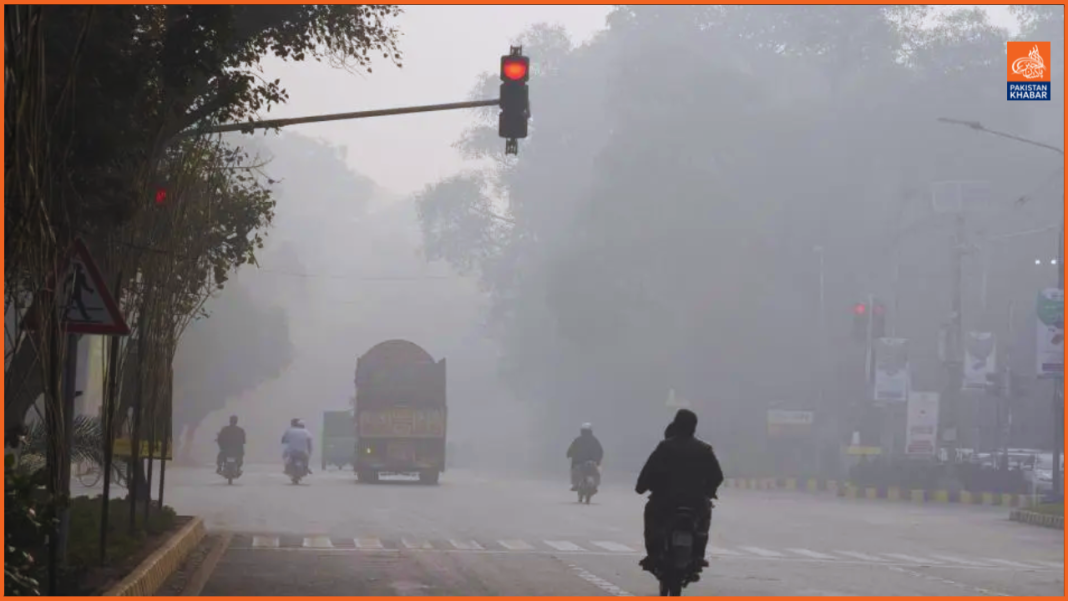Lahore is currently grappling with intense smog as the city’s Air Quality Index (AQI) surpassed 1,000 again, making it the most polluted city globally on Wednesday. Data from the Swiss monitoring agency IQAir recorded Lahore’s AQI at a hazardous 1,165 early in the day, driven primarily by a high concentration of PM2.5 particles, which were 125 times the World Health Organization’s (WHO) recommended safe limits. Although the AQI later dropped slightly to 1,099, it remained in the hazardous range, marking a continuation of the severe pollution that saw AQI levels reach a peak of 1,194 earlier this week.
The Punjab Health Department has reported a sharp increase in health problems related to pollution, including over 55,000 cases of eye infections across the province, with more than 7,000 cases in Lahore alone between October 21 and 27. Respiratory issues have also surged, with more than 6,000 people affected, prompting health experts to urge the public to stay hydrated to help mitigate the health risks.
Currently, Lahore’s AQI stands at 751, with particulate matter levels still 90 times higher than the WHO’s safe limits. New Delhi ranks second in the global pollution chart, with an AQI of 364. In response to this critical situation, the Punjab government has established a “smog war room” to coordinate efforts from eight departments to monitor pollution sources and track weather forecasts. Officials are carrying out twice-daily assessments, which will inform measures such as restricting traffic, curbing farm fires, and issuing daily pollution advisories.
Despite these efforts, the situation remains dire. The AQI peaked at 1,900 last week, forcing temporary school closures and remote working orders. Punjab’s senior minister, Marriyum Aurangzeb, has pointed to cross-border pollution from India as a contributing factor. Every winter, pollution spreads across South Asia due to trapped emissions, which researchers warn could shorten life expectancy in the region by over five years.




